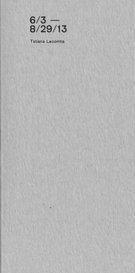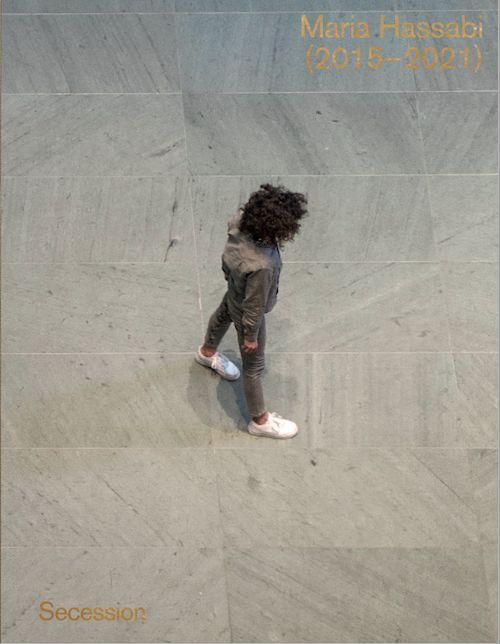
Best Revolver Publishing products in the Non-fiction category
On this page you'll find a ranking of the best Revolver Publishing products in this category. To give you a quick overview, we've already ranked the most important information about the products for you.
1. Revolver Publishing Maria Hassabi (2015-2021)
Since the early 2000s, Maria Hassabi has carved a unique choreographic practice that concentrates on stillness and the in-betweenness of bodies in motion. Considering conventions, hierarchies, and codes common in theatres, museums, and public spaces, her acclaimed works always reflect the given context of their presentation and are developed in dialogue with a site's unique architecture. Her live installations reformat the principles of a theatrical performance into an exhibition that spans days, weeks, or months, adapting their duration to the opening hours of the venue. At the center of these works, stillness and deceleration are utilized as both technique and subject, as the performing body oscillates between dance and sculpture, subject and object, live body and still image. The setup of the work allows visitors to keep to their usual behavior within institutions while giving them time to consider the live bodies both as physical entities and still images embedded with multiple references.

2. Revolver Publishing Tess Jaray. Thinking on Paper
Through the process of entirely intuitive drawing, suddenly a line or a shape may take on a meaning that can be developed. These drawings are in a way an archaeology of the unconscious mind. A way to make discoveries on paper that may be developed into paintings. Paul Klee famously spoke about "taking a line for a walk." I would take that further and say that for me it's a record of travelling with a pencil. (Tess Jaray).
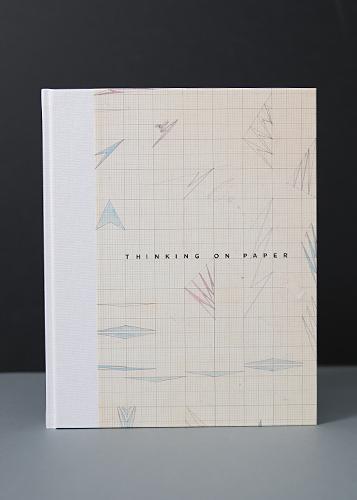
3. Revolver Publishing User's Manual 2.0: Contemporary Art in Turkey 1975-2015
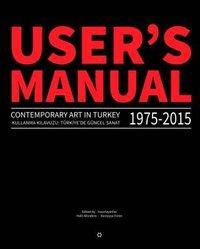
User's Manual 2.0: Contemporary Art in Turkey 1975-2015
English, Turkish, Sü reyyya Evren, Halil Altindere, 2015
4. Revolver Publishing Nairy Baghramian. Breath Holding Spell
On the levels of both form and content, "Breath Holding Spell" unmistakably harks back to Bruce Nauman's 1970 artist's book LA AIR, whose eight monochrome pages present photographs of the atmosphere, illustrating the widely varying hues of the air over L.A. It inspired this artist's book by Nairy Baghramian, which features variations on a single photographic motif: no more than a cropped detail of a tightly packed standing crowd of people is visible in Tight Sluice. Monochrome pages that reprise the colors of their attire appear in rhythmical alternation with the pictures. The artist has autographed the books on the back cover, again quoting Nauman, though his signature was a printed facsimile.
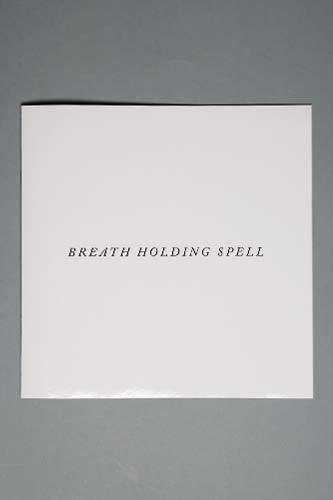
5. Revolver Publishing Anthea Hamilton
Anthea Hamilton's interdisciplinary approach to performance is evident in her sculptural assemblages and installations, which she calls "performative spaces" and which, because they are oriented towards a display side, are reminiscent of stage sets or film sets. Her sculptures, idiosyncratic structures on the verge of emergence and collapse, function in them like props for stories that first have to be told. As an important source of inspiration, she repeatedly quotes the French author Antonin Artaud and his idea of the "physical understanding of images". It is precisely this physical experience that she wants to evoke when one encounters her artworks, which consist of unexpected and unorthodoxly used materials, whose proportions are surprising and which are ultimately borne by a subtle humour. The artist's book she conceived includes a series of collages of personal photographs, found imagery and computer drawings, as well as a short conversation with her daughter.
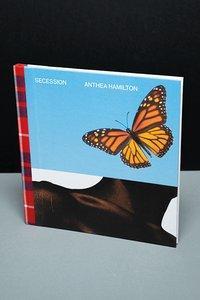
6. Revolver Publishing Vital value maximisation. Rita Hensen
VITALWERKEMAXIMIERUNG offers insight into Rita Hensen's work. When you open the thick cardboard cover, you are immediately immersed in drawings, images, objects, installations, and photographs: "Strength Courage Comfort," "Be Happy!", "What Can Fall from Above," "Cosmic Dough," the "Venus Trap," and "Anodes," to name just a few works. This is a joyful exhibition that seems to originate from Hensen's personal life and experiences. At the same time, there is a sense of delight in the skillful juggling of physical forms, words, and objects. When a smile comes over us, it may be because the work hovers between playfulness and seriousness. Ultimately, it reminds us that joy is worth more than facts. With texts by: Giovanna Gabbia, Jörg Koopmann, Imi Pramin, Dr. Renate Wiehager, Prof. John Wood.
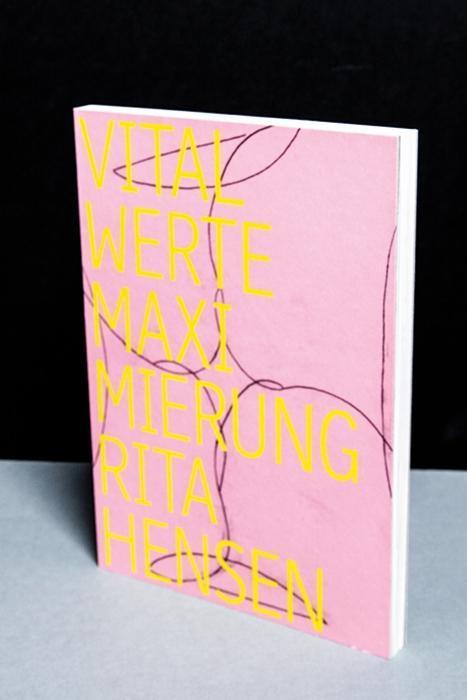
7. Revolver Publishing Castle children
Third volume of the Molsdorf trilogy This book contains the authentic memories of the Molsdorf SCHLOSSKINDER (castle children) and their educators who lived in the former princely-countric house in Thuringia in the 1950s. Converted into a children's home, the culturally and historically valuable building was saved from imminent demolition by order of the Soviet military administration. The long-term project of coming to terms with this chapter of the castle's history brought the former children's home residents together repeatedly from 2017 to 2019 and culminated in an exhibition with historical photographs and a video work by the Swiss remembrance artist Mats Staub in what is now the Molsdorf Castle Museum. The transcript of the video work - a kind of dialogical compilation of the interviews with the former educators - is part of the present publication, as are various media snippets of memories of the children aged 3-6 at the time. These periods of life fall into the era of the early German-German division after the end of the Second World War. Thus, the lavishly designed book preserves excerpts from a "larger" historical chapter in addition to the personal stories. It also contains a partial reprint of a photo album of a former educator and is made available free of charge to the former residents of the home. "Schlosskinder" with a work by Mats Staub Exhibition at Schlossmuseum Molsdorf, 25.08.-17.11.2019 Also available: Full House, 2015, ISBN 978-3-95763-284-5 Two Rooms to Yourself. Maria von Gneisenau and Molsdorf Castle, 2016, ISBN 978-3-95763-354-5.
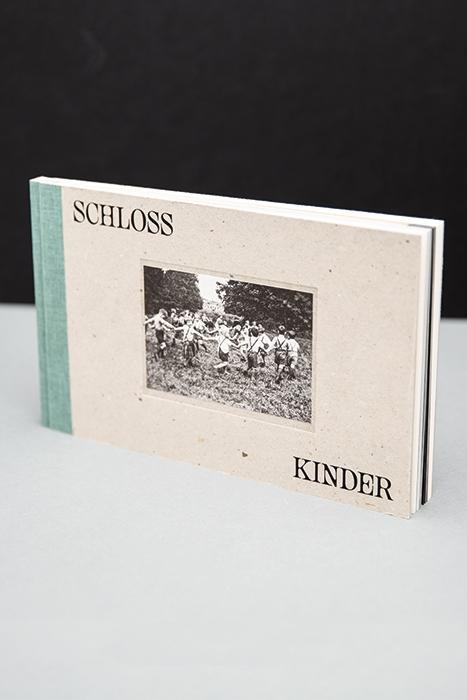
8. Revolver Publishing Event
Leslie Thornton, a media artist influenced by Paul Sharits, Yvonne Rainer, and Joan Jonas, often deploys projections complicated by ample sound-image interactions. In her artist book "Event," Leslie Thornton applies her technique of montaging imagery and textual material to the book medium. Assembled from found material and original footage from her own extensive archive, "Event" morphs into an audiovisual note on artistic production. Concept: Leslie Thornton. Texts: James Beacham, Michael Doser, Maria Fidecaro, Leslie Thornton, Thomas Zummer.
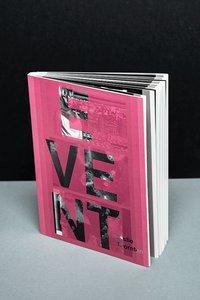
9. Revolver Publishing Now If I Had Been Writing this Story.
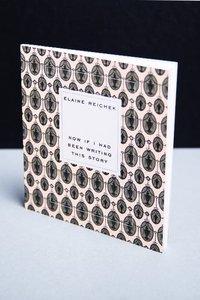
10. Revolver Publishing 6/3/- 8/29/13
In 2013, I spent 88 lonely days in New York City. On every day that I was in town, I set up my camera in the studio and took two photos: one of the view from the window and one of my face. The obituaries that accompany the image pairs here are taken from the New York Times.
